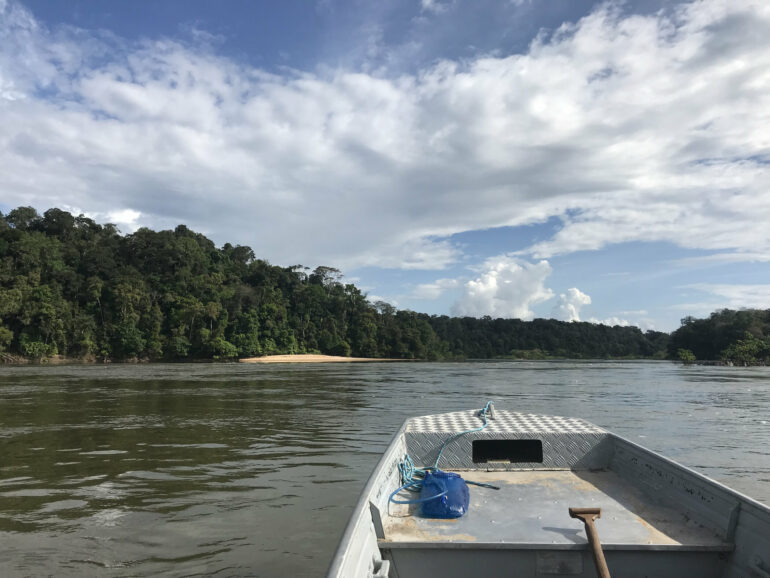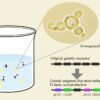One of the most contentious questions in evolutionary biology is, how did the Amazon become so rich in species? A new study focused on birds examines how the movements of rivers in the Amazon have contributed to that area’s exceptional biological diversity. The research team, led by the American Museum of Natural History, found that as small river systems change over time, they spur the evolution of new species. The findings also reveal previously unknown bird species in the Amazon that are only found in small areas next to these dynamic river systems, putting them at high risk of imminent extinction. The study is detailed today in the journal Science Advances.
The lowland rainforests of the Amazon River basin harbor more diversity than any other terrestrial ecosystem on the planet. It is also a globally important biome containing about 18% of all trees on Earth and carrying more fresh water than the next seven largest river basins combined. Researchers have long wondered and hotly debate how the Amazon’s rich biodiversity arose and accumulated.
“Early evolutionary biologists like Alfred Russel Wallace noticed that many species of primates and birds differ across opposite riverbanks in the Amazon, and ornithologists now know that rivers are associated—in one way or another—with the origin of many avian species,” said the study’s lead author Lukas Musher, a postdoctoral researcher at the Academy of Natural Sciences of Drexel University and a recent comparative biology Ph.D. graduate of the American Museum of Natural History’s Richard Gilder Graduate School. “Moreover, accumulating geological evidence has suggested that these rivers are highly dynamic, moving around the South American landscape over relatively short time periods, on the order of thousands or tens of thousands of years.”
To investigate how the movement of rivers across the landscape has influenced the accumulation of bird species in the Amazon, the researchers sequenced the genomes of six species of Amazonian birds.
“Even though birds can fly, our study confirmed that current rivers across the Southern Amazon rainforest, even relatively small ones, are highly effective at isolating populations of these six species, which leads to genomic divergence and ultimately speciation,” said the study’s senior author Joel Cracraft, Lamont Curator and curator-in-charge in the Museum’s Department of Ornithology.
However, because these rivers move around the landscape at different time scales, their movements can have varying outcomes for bird species: when river rearrangements occur quickly, populations of birds on each side can merge before they’ve had time to differentiate; when river changes happen slowly, species have a longer time to diverge from one another; and when rivers change at intermediate rates, bird populations diverge and then join back together and co-occur when a river moves.
The scientists also identified distinct populations of birds that should be described as separate species but have been considered a single species until now.
“Though we know Amazonian biodiversity is unmatched by any other terrestrial ecosystem, we demonstrated that its species richness may be greatly underestimated even in well-studied groups such as birds,” Musher said. “Our results corroborate those of other studies that have reported fine-scale patterns of diversity across the southern Amazon basin—a region threatened by rapid and ongoing deforestation—yet this diversity is generally unrecognized. Many of the distinct populations are relatively young and endemic to a small Amazonian region, meaning that a large portion of the Amazon’s birds may be threatened with loss to imminent extinction.”
More information:
Lukas J. Musher, River network rearrangements promote speciation in lowland Amazonian birds, Science Advances (2022). DOI: 10.1126/sciadv.abn1099. www.science.org/doi/10.1126/sciadv.abn1099
Provided by
American Museum of Natural History
Citation:
Dynamic rivers contributed to Amazon’s rich bird diversity (2022, April 8)



